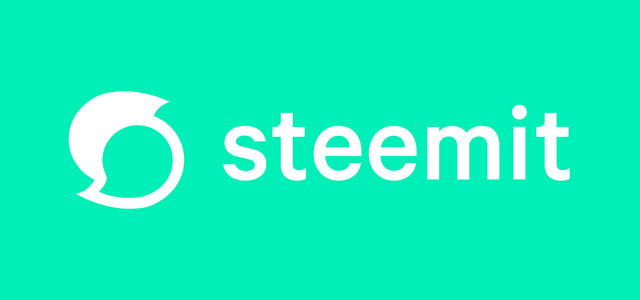First of all start with Facebook
Facebook is a social media platform that allows users to connect with friends and family, share content, and participate in online communities. It was founded in 2004 by Mark Zuckerberg and a group of his college classmates, and it has since become one of the largest and most popular social media platforms in the world, with over 2.7 billion active users.

Some key features and functionality of Facebook include:
Profiles: Users can create personal profiles that include information about themselves, such as their name, age, location, and interests.
News Feed: The News Feed is a stream of updates from users' friends and the pages and groups they follow. It includes updates such as status updates, photos, and links.
Messaging: Users can send private messages to one another using Facebook's messaging feature.
Groups: Users can join or create groups centered around a particular topic or interest, and participate in discussions with other group members.
Events: Users can create and promote events, such as parties or concerts, and invite their friends to attend.
Advertising: Facebook allows businesses and organizations to advertise their products and services to users through targeted ads.
In addition to its social media platform, Facebook also owns a number of other companies and products, including Instagram, WhatsApp, Oculus VR, and the Facebook Marketplace.
Let's get into Steemit
Steemit is a decentralized social media platform built on top of the Steem blockchain. It allows users to create and publish content, such as blog posts, articles, and videos, and to earn cryptocurrency rewards for their contributions.

Some key features and functionality of Steemit include:
Content creation and curation: Users can create and publish content on Steemit, and other users can upvote or downvote their posts. The value of a post's upvotes is used to determine the amount of Steem tokens that the author will earn as a reward.
Cryptocurrency rewards: Users can earn Steem tokens for creating and curating high-quality content. These tokens can then be traded on cryptocurrency exchanges or used to purchase goods and services.
Decentralization: Steemit is built on top of the Steem blockchain, which means that it is not controlled by any single entity, but rather operates on a distributed network of computers. This makes it resistant to censorship and allows for greater security and privacy.
Community-driven: Steemit is designed to be a community-driven platform, with users able to vote on the content and features that they would like to see.
Customizable profiles: Users can create custom profiles that include information about themselves, such as their name, location, and interests.
Steemit is geared towards content creators, particularly those in the cryptocurrency and blockchain communities. It offers a range of features and functionality that are focused on supporting and rewarding high-quality content creation and curation.
Now the Difference Between Facebook and Steemit
Facebook and Steemit are both social media platforms, but they differ in some key ways:
Ownership and control: Facebook is a centralized platform, meaning that it is owned and controlled by a single company, Facebook Inc. Steemit, on the other hand, is a decentralized platform built on top of the Steem blockchain. This means that it is not controlled by any single entity, but rather operates on a distributed network of computers.
Revenue model: Facebook generates revenue through advertising and the sale of user data to third parties. Steemit, on the other hand, uses a cryptocurrency-based revenue model, in which users can earn Steem tokens by creating and curating content on the platform. These tokens can then be traded or used to purchase goods and services.
Target audience: Facebook is a general-purpose social media platform that is used by a wide range of people, including individuals, businesses, and organizations. Steemit, on the other hand, is geared more toward content creators, particularly those in the cryptocurrency and blockchain communities.
Features and functionality: Facebook offers a wide range of features and functionality, including messaging, groups, events, and advertising. Steemit has a more limited set of features, but it places a particular emphasis on content creation and curation, with a system for rewarding users who create and upvote high-quality content.
Privacy: Facebook has come under criticism for its handling of user data and privacy, and has faced regulatory action in some countries. Steemit, as a decentralized platform, offers greater privacy and security, as user data is not controlled by a single entity.
